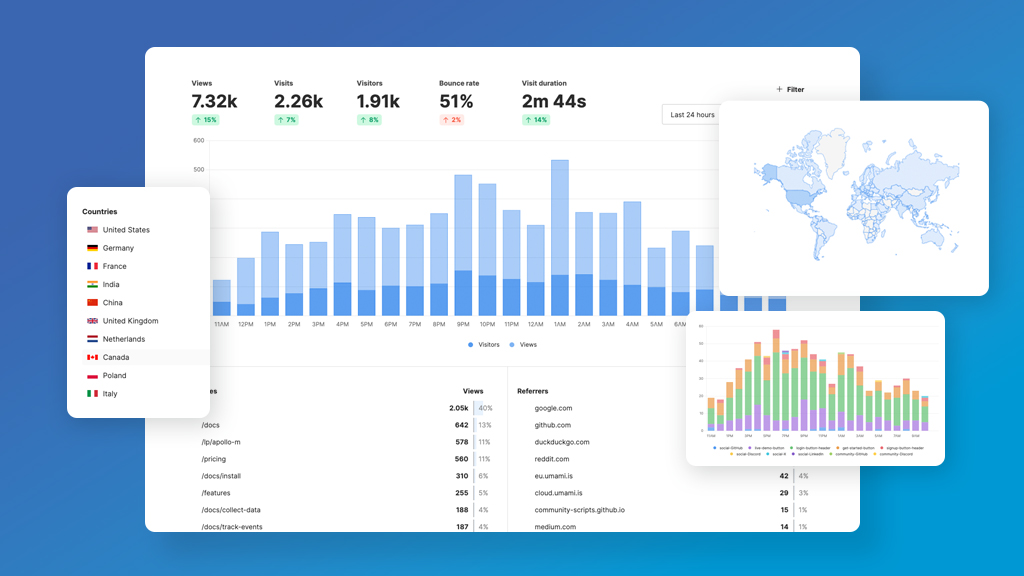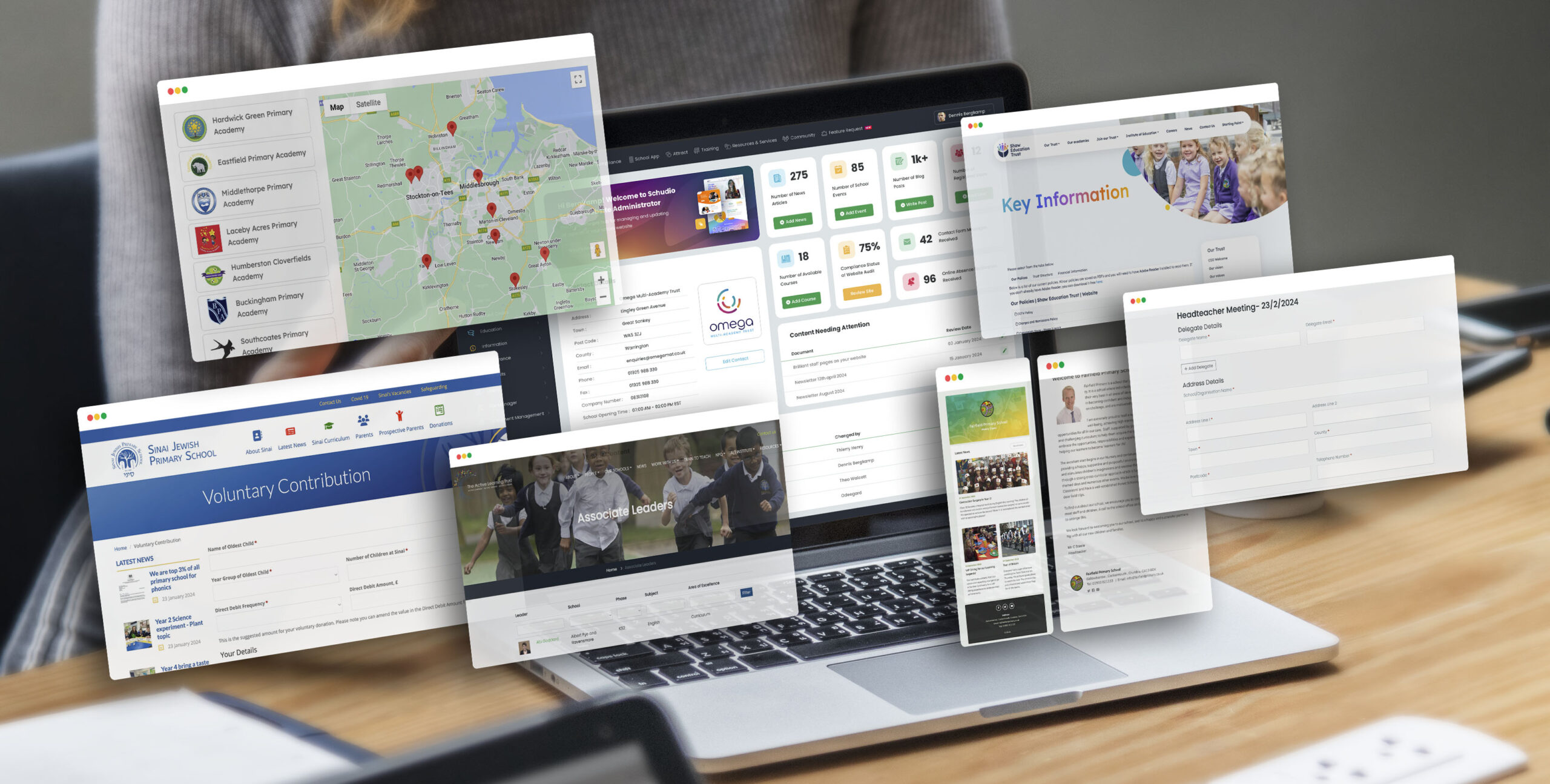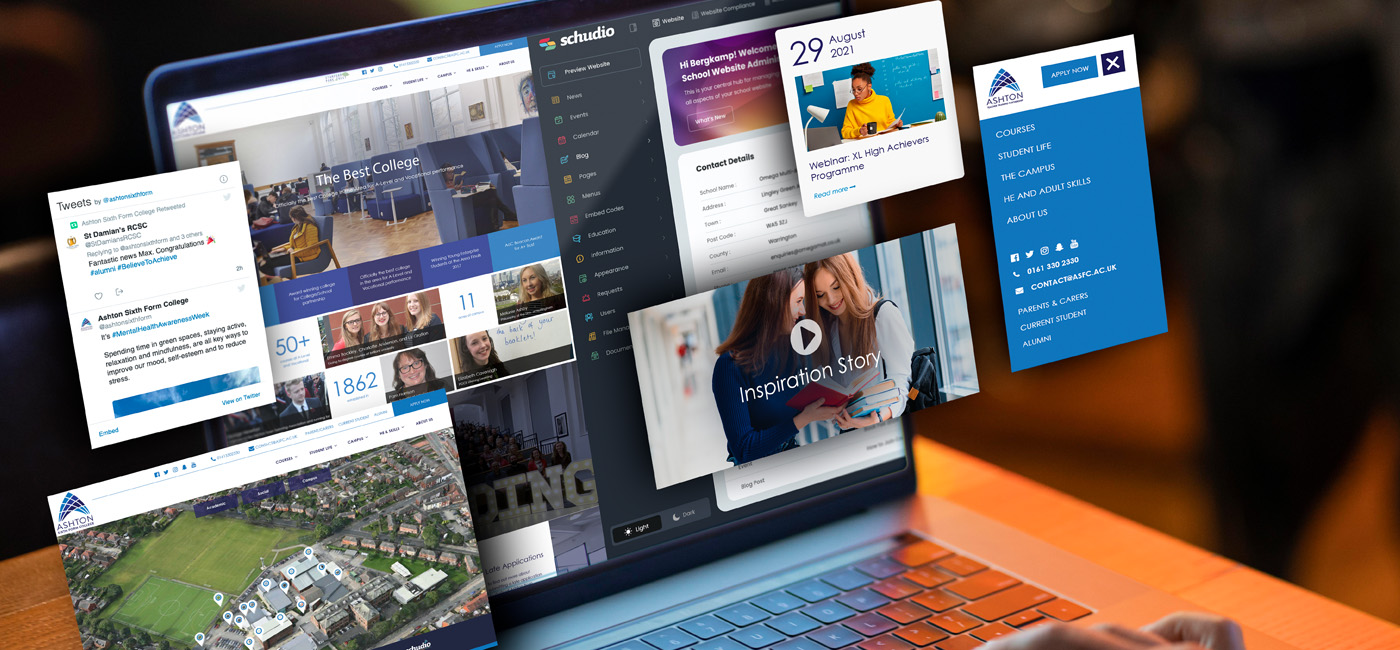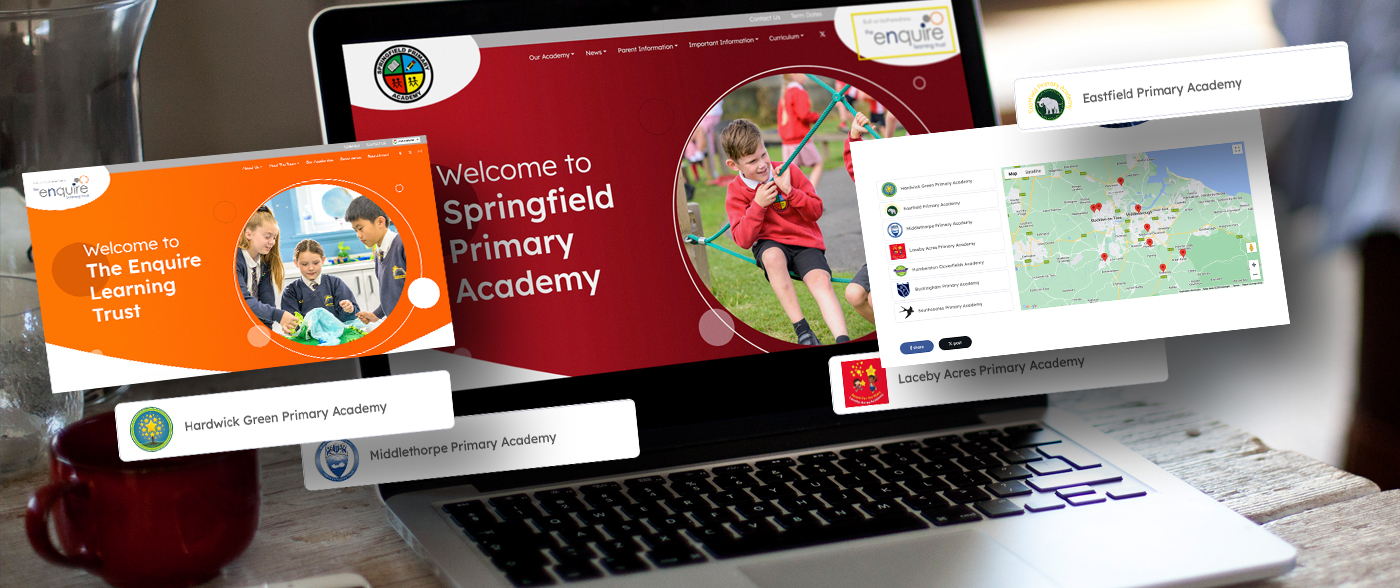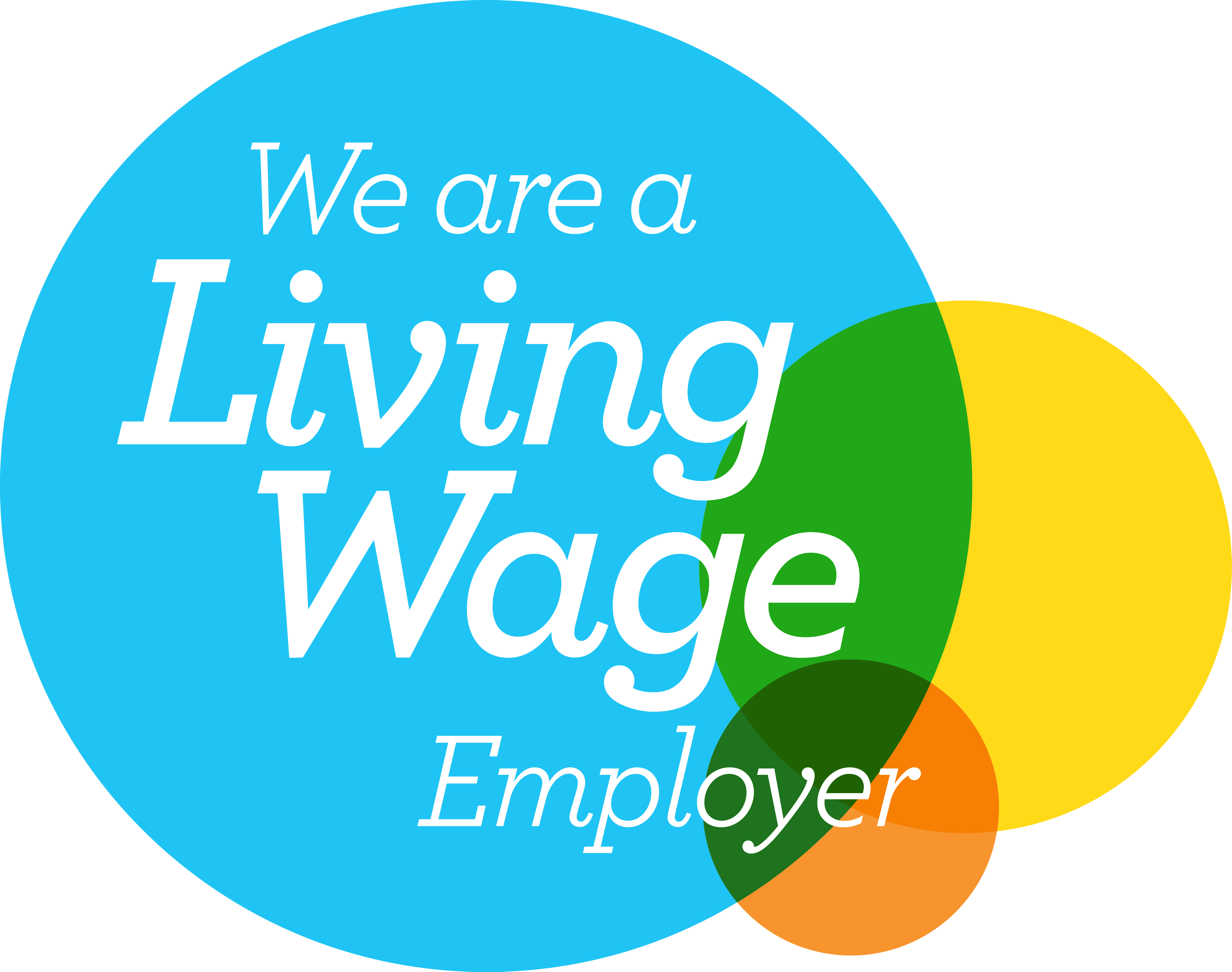5 Steps towards The Best School Website in 2023
5 Steps towards The Best School Website in 2023
5 Steps towards The Best School Website in 2023
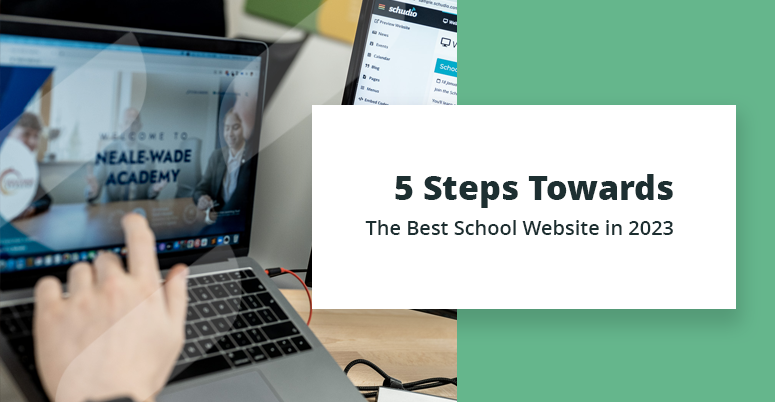
Over the next few months, we’re going to be working through a number of things you can do to have the very best school website you can possibly have in 2023.
There are five things to focus on as we start this series – focusing initially on things that you can implement immediately to work to your best possible capacity, while also retaining a strong balance and avoiding feeling overwhelmed.
Before we begin to look at the technical functions you should be using and strategies for maintaining your website and the best approaches for adding content, we must be maintaining a decent level of health and well-being ourselves. Over the years of running and growing a business and supporting so many skills, I’ve learned that I need to look after myself. I also need to make sure that my team is looking after themselves.
Today we’re going to look at five practical ways to achieve this.
Be sure to listen to the Podcast Episode and download the show notes and worksheet as you’ll find more depth and see a greater impact by going just that little bit deeper.
5 strong processes help us get started towards the best school website in 2023
1/ Start with your ‘not to do list’
One of the most impactful decisions we can make in any position of leadership or responsibility is what we say “no” to. To become more efficient in your website management you need to make smart decisions about what you spend your time creating and posting. What actually needs doing? If it doesn’t need doing, don’t waste your time on it!
Use the template in your show notes to prioritize your work and decide what you will NOT do, before you get to work on what you will do.
2/ Remove what needs doing from your head
The action of writing down what needs doing removes the strain from your brain, clears your head and enables you to focus on doing the task at hand. We use Asana for every task we complete. If a task is not in Asana, or in any other task list, then it doesn’t get done. By sticking to that principle we give ourselves permission to not think about a task that needs to be done until we need to get it done. It makes us more efficient and better at focusing on the task.
You could simply make a note of the 3 things you want to get done today. It doesn’t have to be hi-tech or fancy, it just needs to work.
3/ Decide on clear, actionable steps
Think about the next step. This is especially helpful if you are facing a big project and you don’t know when to start. Break down what needs doing into simple, clear, actionable steps. You will find yourself getting small tasks done, and over time they will accumulate into a significant impact.
4/ Prioritise
Here is a rule I try to follow: “Just because a problem is urgent doesn’t mean it’s important.”
Of course, we need to deal with issues as they come up. There are things we can’t ignore. As much as you’re able, stick to the rule that important trumps urgent.
5/ Build momentum
We have talked about the flywheel before. The idea is that by consistently completing important, smaller tasks we build momentum that results in a much bigger impact. Keep out the distractions and focus on completing what needs doing to take small steps towards your goal. Do it consistently. Then, watch the results.
So, you’re going to start with your not-to-do list. You’re going to remove what needs doing from your head. You’re going to decide on clear, actionable steps. You’re going to prioritize. And then you’re going to keep doing all of that and even start to build momentum.
Over the coming weeks, we’ll be exploring the importance of celebrating relationships on your website and in your communications, how vital training is and exploring some of the best functions you should be looking for from a school website provider and how to make sure you’re using them effectively.
